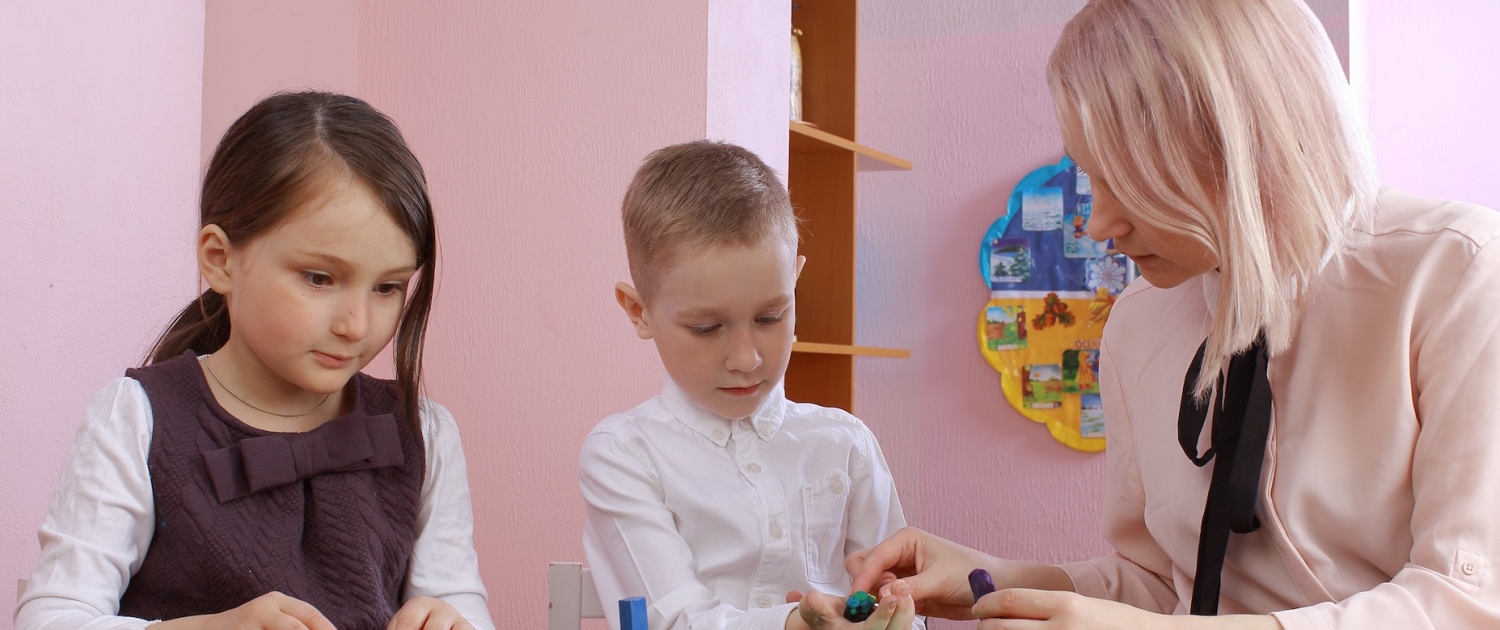Positive Reinforcement in Children and Adolescents with ADHD
Children and adolescents with Attention-Deficit/Hyperactivity Disorder (ADHD) typically present with cognitive and/or behavioral symptoms that impact their ability to independently complete tasks including homework or chores. Given these core features of ADHD, parents often struggle with how to encourage their child’s independent functioning.
Positive reinforcement is one of the most effective strategies for improving behavior in children with ADHD. Positive reinforcement includes providing verbal praise, positive attention, or external rewards to a child while he/she is completing the desired behavior, in order to improve the likelihood that the behavior will be repeated. For example, if a parent sees that a child is playing quietly by him/herself, stating, “I love how you’re playing so nicely with your toy” is an example of positive reinforcement.
When providing positive reinforcement, the below tips will improve the effectiveness:
- Be specific when providing verbal praise
- Example: “Thank you for sharing your toy cars with your sister!”
- Provide verbal praise immediately after the desired behavior begins
- Avoid yelling or providing attention to unwanted behaviors
- Example: When your child acts out, ignore this behavior and immediately praise the child once the acting out stops
- Be consistent in providing positive reinforcement across situations and behaviors
- Plan ahead to reduce potential triggers for outbursts, including the child feeling tired, hungry, overwhelmed, or having disruption to the daily schedule
If you have concerns that you or your child might have ADHD, please contact Pathways Neuropsychology Associates at (732) 930-2242 to inquire about a neuropsychological evaluation.
The Pathways team of professionals has helped thousands of people with ADHD. We are Dedicated to effective and compassionate care for individuals with neurological challenges.




